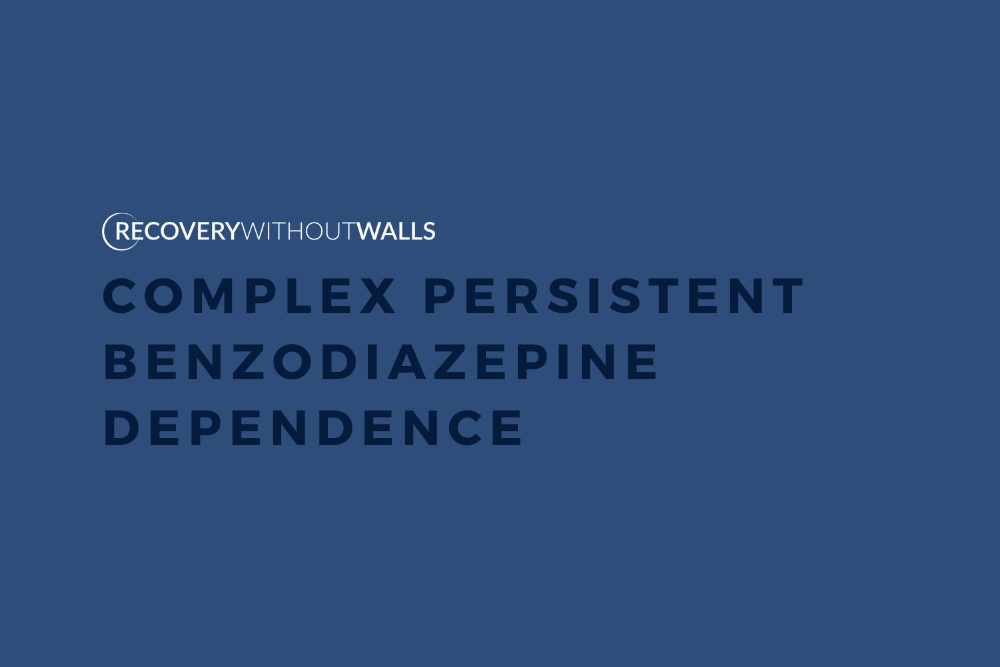Complex Persistent Benzodiazepine Dependence
Even if you have never heard the term “benzodiazepines,” you are probably familiar with brand names like Valium and Xanax. Health professionals prescribe drugs in this class to treat a broad range of conditions, including anxiety, panic disorder, muscle spasms, tremors, seizures and insomnia. While the calming effect created by benzodiazepines can be beneficial for people with life-disrupting health issues, these medications also have a high potential for abuse.
What Is Benzodiazepine Dependence?
Long-term benzodiazepine use is risky for those who underestimate the potential consequences. People can quickly build a tolerance, requiring higher and higher doses to achieve the desired results. While physicians can work with their patients to reduce their dependence on these medications, tapering off benzodiazepines can lead to severe physical withdrawal symptoms that cause a resurgence in the original underlying conditions.
A team of researchers at Oregon Health & Science University and the VA Portland Health Care System have recently created a new name for this experience – complex persistent benzodiazepine dependence, or CPBD. The study’s authors note that CPBD is not the same as an addiction, but instead is a form of physical and psychological dependence that develops when people try to scale back their benzodiazepine use or quit altogether.
What Happens During Benzodiazepine Withdrawal?
These medications act upon the chemical receptors in your brain. When you quit taking benzodiazepines, the abrupt change makes it challenging for your brain to adjust. As a result, withdrawal often brings uncomfortable symptoms such as:
- Muscle stiffness and body aches
- Heart palpitations
- Moderate to severe depression and anxiety
- Body tremors
- Memory and concentration problems
- Migraines
- Sleep disturbances
- Weight loss
- Sweating, shaking, seizures
Though these side effects’ severity can vary depending on factors like how long someone has taken benzodiazepines, acute symptoms generally subside after one to two weeks. Still, some former users of sleep aids and anti-anxiety medications experience a phenomenon called post-acute withdrawal syndrome that can persist years after getting clean and sober.
The Importance of Medically Supervised Detoxification
While it might seem like the safest way to wean yourself off a benzodiazepine dependence is in the comfort of your home, attempting to quit these drugs cold turkey can be dangerous and unpleasant. In a medically supervised detox program, qualified health care professionals will monitor your symptoms and administer medications as necessary to help ease your discomfort.
At Recovery Without Walls, we use time-tested methods from the Ashton Manual to help people with a long-term benzodiazepine dependence quit successfully, including creating individual tapering schedules and addressing long-term withdrawal symptoms. After you are out of the initial detoxification phase, you can then begin a personalized treatment plan that includes individual therapy, meditation, acupuncture, therapeutic massage, exercise and nutritional supplements, whenever appropriate.
To learn more about safe, effective benzodiazepine addiction withdrawal and treatment in Mill Valley, CA, please contact us to take the first step on your journey to sustained sobriety.



